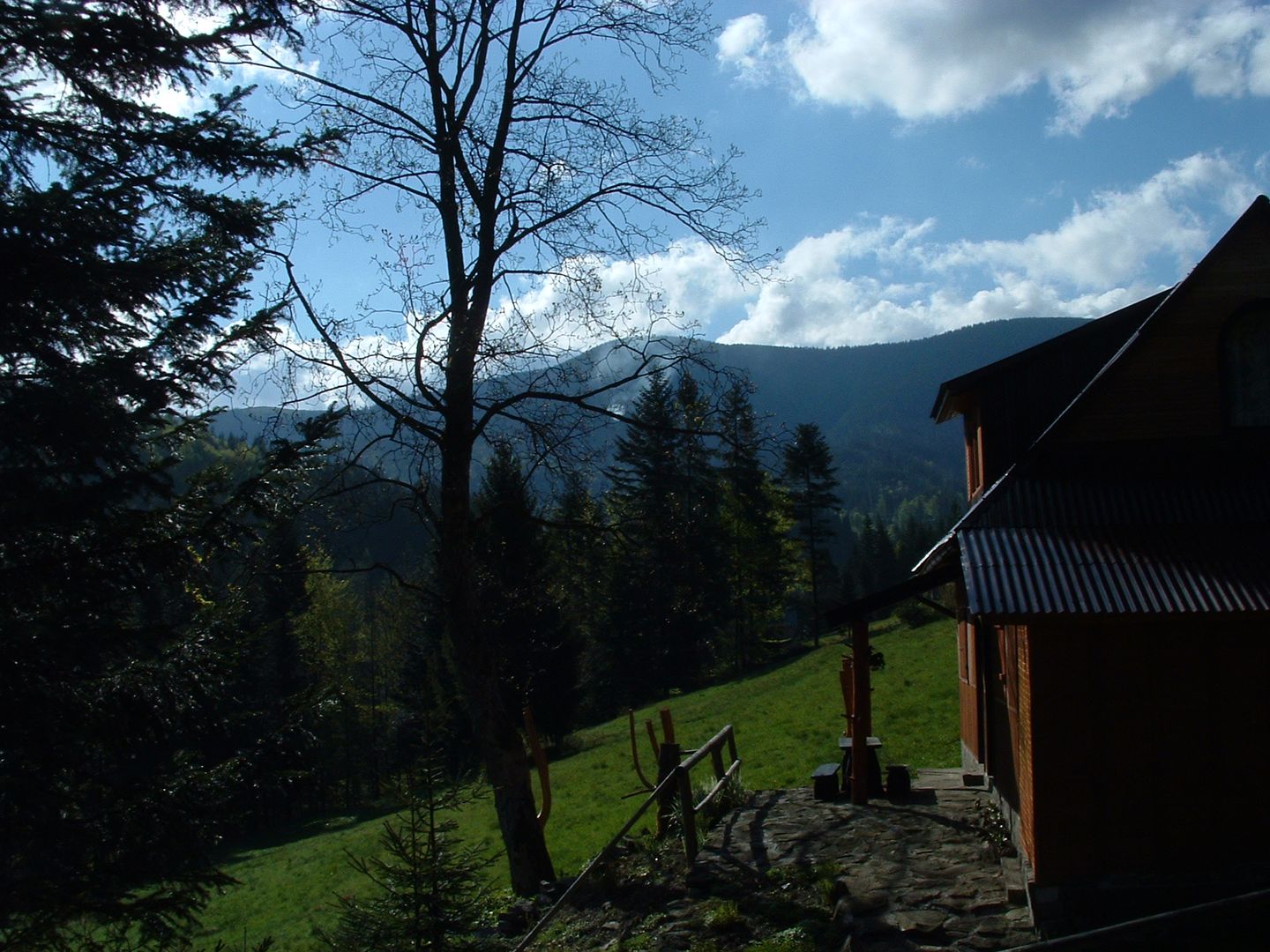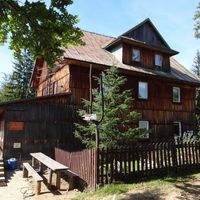Frogfish
6.17

Overview
Żabnica is a locality with a rich history, historically part of the Duchy of Oświęcim, which was incorporated into the Crown of the Kingdom of Poland in 1564. Following the Union of Lublin in 1569, it became part of the Polish-Lithuanian Commonwealth, and after the partitions of Poland, it fell under Austrian rule. The earliest mention of Żabnica dates back to 1628, when the settlement had only 12 inhabitants. In the 17th century, pastoralism dominated the area, and the village was settled by inhabitants of the Żabniczanka valley. In 1838, the village was sold to Archduke Karl Ludwig Habsburg. Between 1910 and 1914, a wooden church dedicated to Our Lady of Częstochowa was built on the initiative of Father Jan Figuła, and the parish was established in 1918. Żabnica is located in the picturesque Beskid Żywiecki mountains, in the valley of the Żabniczanka stream, and its terrain includes the slopes of the surrounding mountains. The locality is renowned for the traditions of the Żywiec Highlanders, with several regional folk ensembles and the use of the heligonka in folk music. Annual events in Żabnica include the sheep redyk on Hala Boracza and the Shepherd's Mass with regional musicians. Notable tourist attractions include the wooden church, a monument commemorating those murdered by German occupiers, a World War II-era bunker, and several traditional chapels. The area offers numerous hiking trails, including the Main Beskid Trail, making it an attractive destination for nature lovers and mountain tourism enthusiasts. An interesting fact is the origin of the name Żabnica, which, according to Andrzej Komoniecki, is associated with the absence of green frogs in the region.
Location
2025 Wizytor | All Rights Reserved

